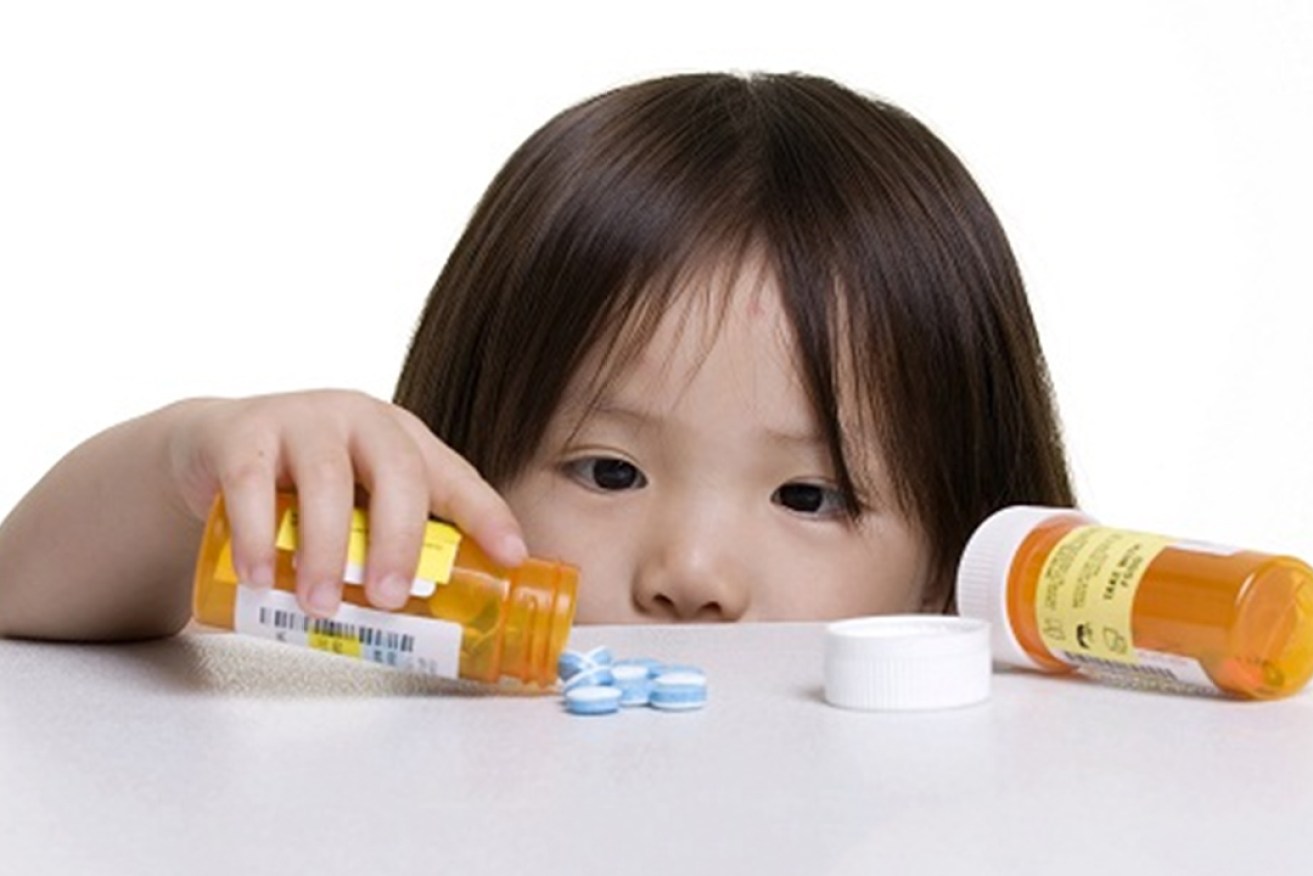
Children and young women most likely to be poisoned
A recent comprehensive analysis of poisoning in Australia shows children and young girls are the most likely to be admitted to hospital because of poisoning, and that two-thirds of young people poisoned had harmed themselves intentionally.

Flinders University’s Dr Sophie Pointer, who looked at all hospitalisations due to poisoning in Australia in 2012-13, said the report released by the Australian Institute of Health and Welfare provided the best information currently available, while an AIHW spokesperson, Flinders University’s Professor James Harrison, said it provided the most valuable insight into the current state of play of poisonings in Australia.
“The report, Poisoning in Children and Young People 2012–13, shows that of the 37,417 people hospitalised for poisoning in Australia in 2012–13, almost one-third (12,451) were children or young people aged 24 or younger,” said Dr Pointer.
“It also showed that almost two-thirds (63 per cent) of hospitalisations for poisoning among young people aged 10–24 were due to intentional self-harm, accounting for the largest proportion of hospitalisations among both sexes in this age range.
“Girls and young women had a higher rate of intentional self-harm hospitalisation than boys and young men, especially at ages 15–17 (540 cases compared with 102 cases per 100,000 population).
“Girls and young women (aged 0–24) years were hospitalised at a rate of 223 cases per 100,000, compared with 109 for boys and young men, and almost half (6084) of those hospitalised were aged 20–24.”
Professor Harrison said that pharmaceutical drugs and medications (10,620 cases) were the main types of substance involved in hospitalised poisoning at ages 24 or younger, with the highest population-based rate being for girls aged 15–17.
“Non-opioid analgesics (for example, ibuprofen and paracetamol) accounted for 37 per cent of hospitalised pharmaceutical poisonings, while psychotropic drugs (including antidepressants) accounted for 30 per cent of cases,” he said.
In 1831 cases (15 per cent of all hospitalised poisoning cases for children or young people in 2012–13), the substance involved was not pharmaceutical—for example, inhaling gases such as carbon monoxide, contacting venomous animals, or ingesting substances (for example alcohol).
The most common cause of hospitalised non-pharmaceutical poisoning, accounting for 41 per cent of the 1831 cases, was contact with venomous animals (mainly insects and spiders). In particular, 78 per cent of all non-pharmaceutical poisoning cases among children aged 5‒9 were the result of contact with a venomous animal.
Overall, fewer than 1 per cent of cases of hospitalised poisoning in children and young people were considered life-threatening (1.2 per cent for males and 0.4 per cent for females). For cases involving infants under 12 months, the proportion considered life threatening was 2 per cent.
The report includes young people who were admitted to a public or private hospital in Australia with a main diagnosis of poisoning due to drugs, medications and similar substances or toxic effects of other substances.
People who attended an emergency department but were not admitted to hospital are not included.
The AIHW is a major national agency set up by the Australian Government to provide reliable, regular and relevant information and statistics on Australia’s health and welfare.




